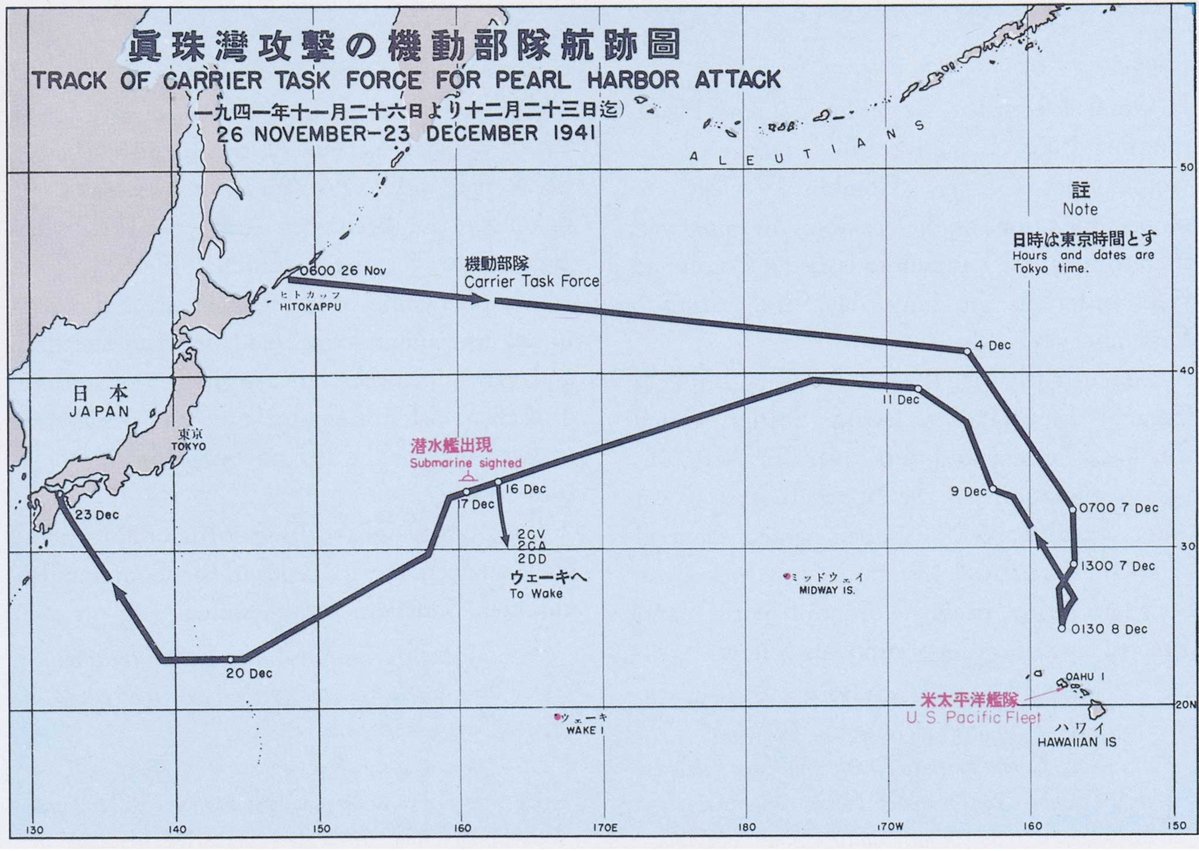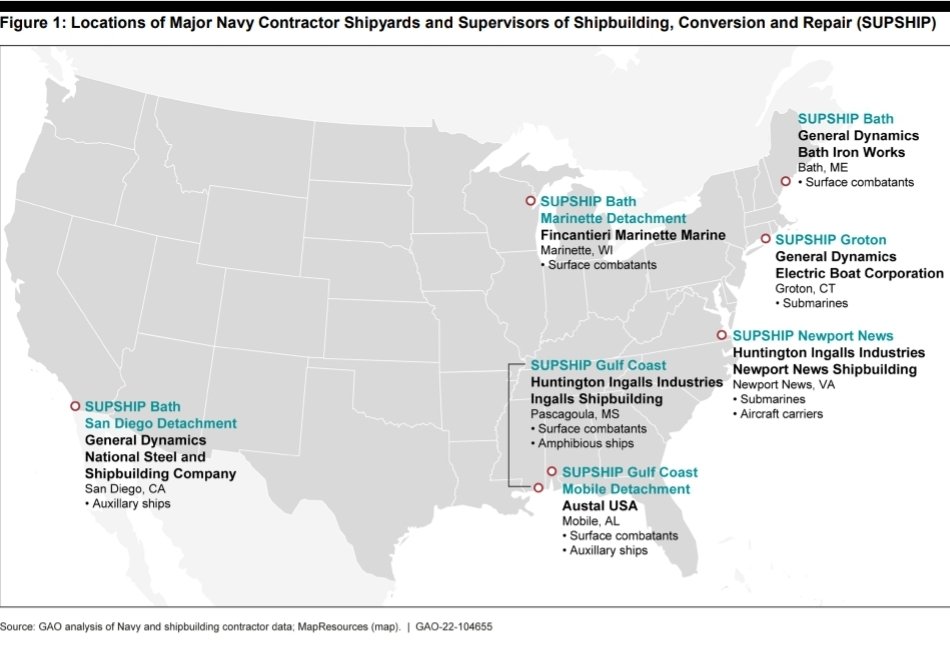Someone sent me @brentdsadler excellent essay entitled "For the Larger Navy U.S. Needs, American Shipping and Shipbuilding Must Be Revived," from Oct 2022.
1/
heritage.org/defense/commen…
1/
heritage.org/defense/commen…
Brent has three key takeaways; and all of them are right on point. I will, however, take exception with a few of his supporting points.
2/
2/

No question that US is too dependent on foreign industrial base for much of its production in case of conflict.
3/
3/

On this issue of too few shipyards; this is an international phenomenon and not jus the US.
Since 2009, the number of large shipyards has fallen from 321 to 131 - a 40% reduction. Consolidation has been a world-wide issue.
4/
splash247.com/shipyards-face…
Since 2009, the number of large shipyards has fallen from 321 to 131 - a 40% reduction. Consolidation has been a world-wide issue.
4/
splash247.com/shipyards-face…

There is also the mention of the #JonesAct as exacerbating the issue. The UK, France, Germany, Italy, Netherlands, and many other issues do not have this act, yet their merchant marines are smaller than ours?
There is much more to the decline of the US maritime sector.
5/
There is much more to the decline of the US maritime sector.
5/

To blame the Jones Act for uncompletedness misses the role of the @DeptofDefense in the 70/80s banking of Effective US Control of foreign registry shipping for #sealift.
The US military effectively turned their back on the US merchant marine.
6/
The US military effectively turned their back on the US merchant marine.
6/
Add to this, the 600-ship Navy pushed commercial shipping out of private yards overseas, as the US Government ended construction differentials to offset higher costs of building in the US.
This resulted in the US shipyards having only one customer - @DeptofDefense
7/
This resulted in the US shipyards having only one customer - @DeptofDefense
7/

His third metric makes it sound like a US problem, when South Korea (the 2nd largest shipbuilder in the world) is facing the same issue; having to hire 2000 foreign laborers as China undercuts everyone.
8/
asia.nikkei.com/Business/Engin…
8/
asia.nikkei.com/Business/Engin…

The connection to Mahan is exactly correct, but the revelation that the US needs commercial shipping & shipbuilding is not apparent in @DeptofDefense actions. Sealift recapitalization & Tanker Security Program buy used and foreign ships in lieu of promoting US shipbuilding.
9/
9/

It is important to remember that the first ships in the American Navy came from the commercial vessels at the dock in Philadelphia, along with their crews. In both world wars, civilian ships & mariners provided the backing for the Navy, hence the #JonesAct.
10/
10/

• • •
Missing some Tweet in this thread? You can try to
force a refresh






















